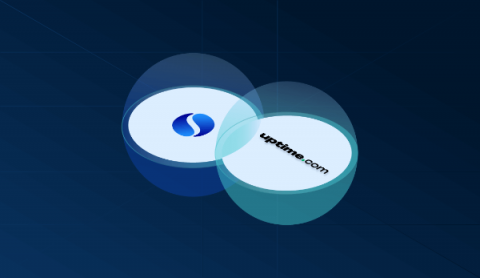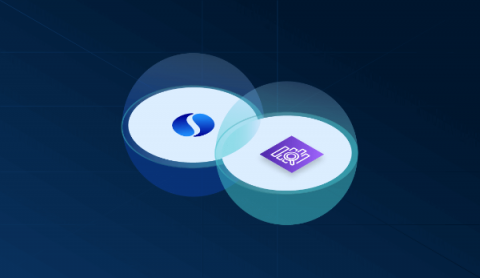What are Runbooks? And why are they needed?
Imagine being an Ops engineer in a team just struck by tragedy. Alarms start ringing, and incident response is in full force. It may sound like the situation is in control. WRONG! There's panic everywhere. The on-call team is scrambling for the heavenly door to redemption. But, the only thing that doesn't stop - Stakeholder Inquiries. This situation is bad. But it could be worse. Now imagine being a less-experienced Ops engineer in a relatively small on-call team struck by tragedy. If you don't have sufficient guidance, let alone moral support- you're toast.











